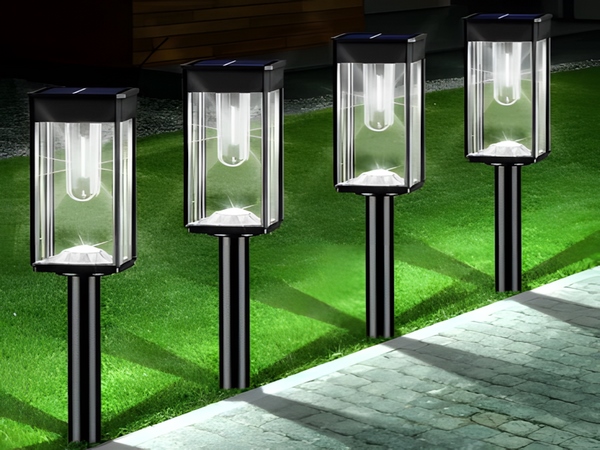
Solar streetlights, as a form of sustainable renewable energy, have a very promising future. Rural solar streetlights can be used in any area with sunlight. In our daily lives, we encounter not only solar water heaters and solar streetlights but also some emergency road signs and buoys. So, why can a solar panel generate electricity when there is abundant sunlight?

Solar panels are typically devices that respond to light and convert light energy into electrical energy. Silicon is a common material used for this purpose. It is one of the most abundant materials stored on Earth and has semiconductor properties, which lay the foundation for the photovoltaic conversion process in solar panels.

However, pure silicon has very poor conductivity. There are no free-moving electrons in its crystalline structure. To enhance its conductivity, trace impurities are usually added to pure silicon. Based on this characteristic, different conductive devices can be manufactured.
For the silicon used in making solar panels, phosphorus or boron is often added. When boron is introduced, a hole is formed in the silicon crystal because the original silicon atoms are surrounded by four electrons, while boron atoms are surrounded by only three electrons. This results in the creation of a hole, which lacks electrons and is highly unstable. It easily absorbs other electrons, forming a P-type semiconductor.
However, it should be noted that semiconductors are not good conductors. Electrons flow through the p-n junction and then enter the semiconductor, leading to substantial losses. Therefore, the upper layer is usually coated with metal. However, if it is fully painted over, sunlight cannot penetrate. Typically, a metal grid is used to cover the p-n junction.
Another point to consider is that the surface of silicon is highly reflective. If left untreated, a large amount of sunlight will be reflected away. To address this issue, solar streetlight manufacturers choose protective films with low reflectance coefficients for the solar panels, controlling the losses due to reflection to within 5%.



